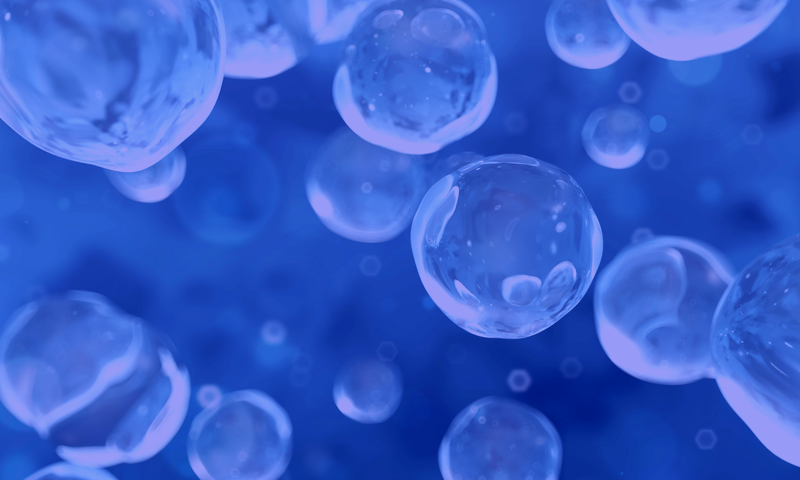Environmental and climate tests
What are environmental and climate tests?
Just about every product is exposed to a variety of environmental influences. Accordingly, the range of environmental and climatic tests is extensive. Basically, it can be said that climatic factors such as humidity, temperature, condensation and icing influence the service life and suitability for many products. The appearance and function of an entire product or individual components can change due to these factors. External impacts on outcomes are simulated with accurate environmental simulations. In this way, the product’s reliability can be determined throughout its expected lifetime. For this purpose, environmental and climate tests simulate, for example, artificial ageing, which provides information about long-term behaviour under external conditions. Accordingly, manufacturers can avoid complaints through climate tests by recognising a product's weak points in time. This is regulated, for example, for electrotechnical products in the European standard EN 60068 for environmental testing.
Environmental and climate tests test, for example, the influence of changing degrees of humidity and temperatures in climate chambers. A temperature test or a temperature storage test is recommended to detect component deformations due to the effect of heat and possible cracks or material detachment due to a temperature change. This critical test in environmental and climatic tests enables a simulation of temperatures mainly in the range between -90 °C up to +200 °C. Temperature changes of up to 15 °C per minute are often not uncommon.

Climate tests, which simulate a relative humidity of 5 to 98 % in climate chambers of all sizes, provide information on the influence of water and temperature on plastics, for example. Another test simulated in climate chambers is thermal shock. Here, the temperature in the room is changed quickly, and the change can take place very quickly, e.g. within 10 seconds or less. In this way, various coefficients of expansion and other materials parameters can be measured accurately.
Which products need an environmental and climate test?
All products can be exposed to external climatic influences that can cause damage, material failure and undesirable interactions with other components. These include, in particular, products that are subject to regular forces such as wetness and temperature fluctuations, such as the following:
- Enclosures of electrical equipment and installations, the tightness of which must be tested following the standard EN 60529:2014-09 or VDE 0470-1:2014-09: Degrees of protection provided by enclosures (IP code).
- Automotive components (testing of protection classes, protection against water, electrical equipment), e.g. according to DIN EN 60512-11-1: Climatic testing of electrical-mechanical components for electronic equipment
- Products and textiles for outdoor use, e.g. according to SN EN 321; SIA 164.077:2002-06 Wood-based materials - Determination of moisture resistance by cyclic testing
- Electrical and electronic systems in motor vehicles, e.g. according to ISO 16750: Road vehicles - Environmental conditions and tests for electrical and electronic equipment
- Packaging, e.g. according to DIN EN ISO 2233: Climatic pre-treatment for testing of packaging units.
Where can I have environmental and climatic tests carried out?
With testxchange's service, you can commission almost any type of environmental and climatic test according to international and national standards such as DIN, EN, ISO, ASTM, IEC, CISPR, and others. Our extensive partner network of laboratories also specialises in environmental and climate tests, among other things. Whether you are a retailer, manufacturer or OEM, testxchange offers the possibility to guarantee the safety of your product through customised environmental and climatic tests.
Thanks to testxchange's in-house project engineers, we can also offer you individual advice based on your products. In this way, you can identify your need for environmental and climatic tests safely and efficiently. You will learn which test procedure is necessary to comply with national and international standards and regulations.
Need climate or environmental testing?
If you need assistance in non-destructive testing, you can contact us directly. If you are interested in other fields of testing, we will be happy to assist you as well.